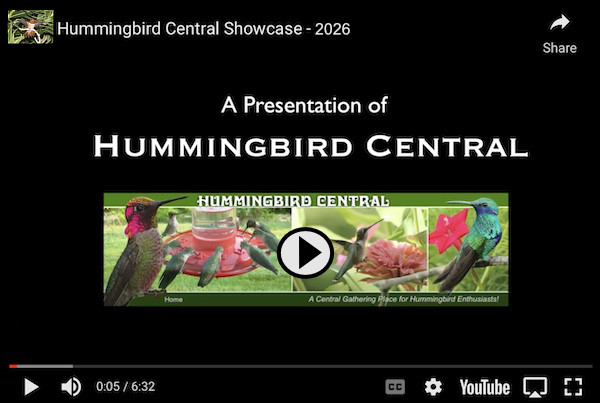About This Website
Why Another Hummingbird Website?
 |
We've experienced a love of nature for years and continue to develop our gardens and the Chaparrel Nature Preserve. And we remain committed to the preservation of our natural environment!
The design of our nature preserve provides enjoyment to us humans, as well as food and shelter for hummingbirds, songbirds, butterflies, and other wildlife.
With the wealth of information about hummingbirds already on the web in many great websites, why would anyone create yet another one?
The reason is fairly simple ... we love hummingbirds, and are still learning about them at this "advanced" age. This website helps organize our knowledge and focuses us on learning even more.
We've learned more about hummingbirds in the past ten years than we did in the previous 60 years! And we're learning along with our daughter and granddaughters, who also share our love of nature and the marvelous mysteries and lore of the hummingbird.
There are undoubtedly others who are just beginning their journey toward understanding and attracting hummingbirds. Maybe this site will help them.
We continue to learn, and to photograph, and present our knowledge on this website in a quick, understandable, and easy-to-read format, with links to more detailed hummingbird resources for those readers who require more in-depth information and species identification tips.
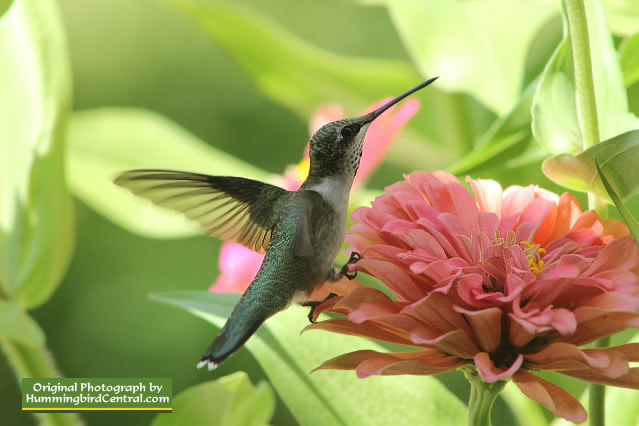 |
And we love watching all bird life! While this website is oriented to hummingbirds, we have a section on other backyard birds and a special report on our recent trip to the National Aviary of Colombia. We also have special interest in Honduras and Its Hummingbirds.
Our trips to Mexico, Costa Rica, Panama and Colombia have helped us document the Hummingbirds of Central America. Other excursions to places such as St. Thomas, Aruba, the Dominican Republic, Curacau, Jamaica, Puerto Rico and other islands helped us to produce the Hummingbirds of the Islands of the Caribbean Sea.
2026 is the 13th year we have monitored the spring, northbound hummingbird migration. This tracking project would not be possible without the thousands of reports we receive from our website viewers. We appreciate the interest, and continued support, of all our viewers! We also provide a map of hummingbird sightings in late summer and during the fall southward migration.
And special thanks go out to the great nature photographer Alan Schmierer for sharing many of his beautiful photographs of hummingbirds on this website via Flickr. We also give thanks to Rolf Riethof for his incredible public domain photos on Flickr.
Quick Facts About This Website
- Website launched - 2013
- 2025 Interactive Spring Migration Map - viewed over 13,500,000 times
- 2014-2025 Migration Maps viewed over 129,000,000 times
- Website views per day during the peak migration - 87,000/day
- Spring migration sighting reports submitted each year - over 15,000 (2025)
Hummingbird Central Showcase
We've developed a short YouTube video featuring the hummingbird species found in the United States and Canada.
It also includes some charts comparing similiar species and has a special section dealing with white and albino hummingbirds.
It runs for about 6 minutes, and has soft music to accompany it ... take a look, at the Hummingbird Showcase
For Birding Reseach, Scientific and Conservation Information
We are essentially backyard birding enthusiasts! We are not trained, professional ornithologists. For those who are more experienced and knowledgeable, or looking for long-term migration patterns and conservation statistics, there are many fine websites and birding organizations.
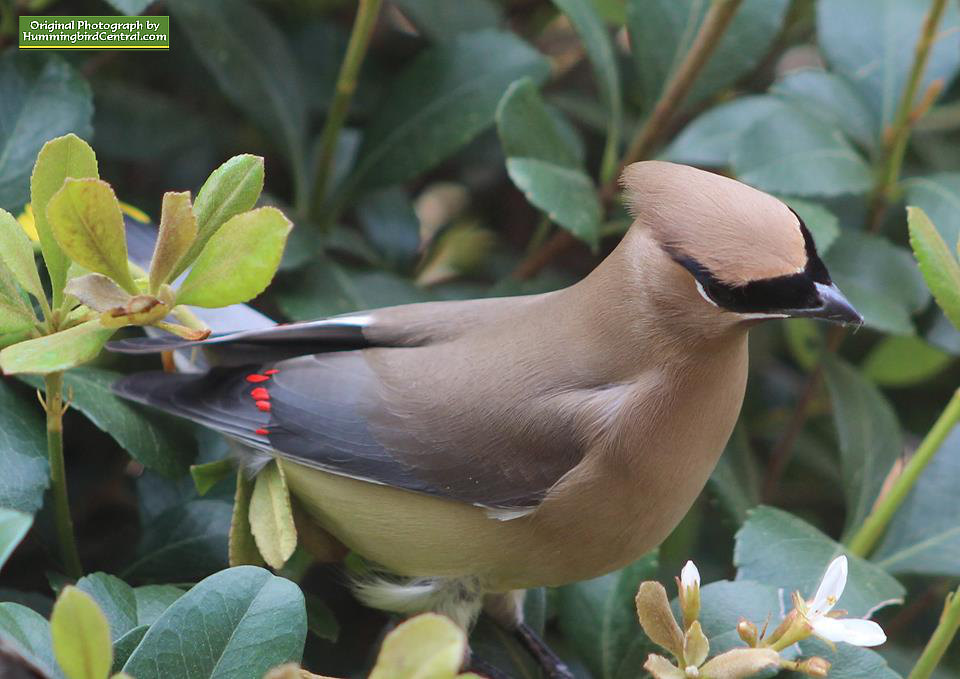 A welcome visitor to our gardens ... the beautiful Cedar Waxwing (Staff Photo) |
For research and scientific information on birding, we recommend organizations such as the following:
- American Bird Conservancy
- American Birding Association,
- American Ornithological Society
- Cornell Lab of Ornithology
- Journey North
- National Audubon Society
About Our Environment and Preserve
Our nature preserve features a number of different ecological environments. Located in the country, it backs up to hundreds of acres of forest, with nearby fields, pastures, and wetlands. It is registered by MonarchWatch.org as a certified Monarch Waystation.
We share our environment with birds, foxes, raccoons, snakes, armadillos, deer, skunks, turtles, coyotes, bobcats, and possums. During the warm months we enjoy countless varieties of butterflies, and Ruby-Throat Hummingbirds.
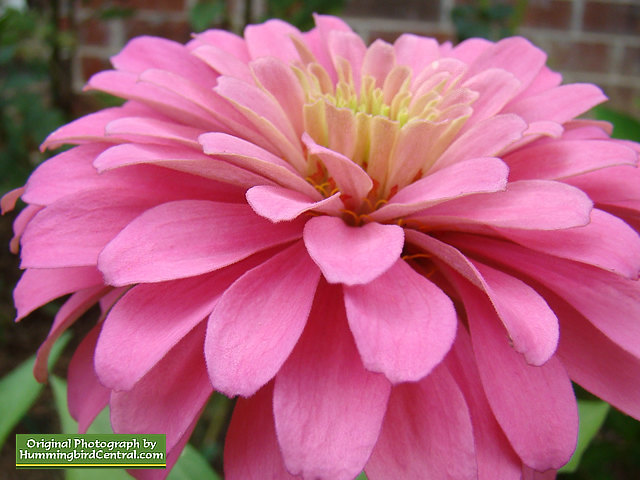 We love pink California Giant Zinnias ... a Staff favorite! We love pink California Giant Zinnias ... a Staff favorite! |
The landscape includes a variety of native trees such as oak, elm, river birch, maple, gum, pine, cedar, and dogwood. Under the tree canopy we find Beauty Berries, Pokeweed, Devil's Walking Sticks, Wax Myrtles, cactus, and ferns.
The native plantlife is complemented with additional annuals, perennials, flowering shrubs and vines. We've included in our gardens several types of Lantana, Zinnias, Pentas, Salvia, Batface Cuphea, Nasturtiums, Coreopsis, other annuals and perennials.
We also plant generous amounts of dill and fennel to provide food sources for Black Swallowtails, and Milkweed for Monarch butterflies.
The preserve is currently not open for visitors, but you can take a quick 6-minute Tour of the Chaparrel Nature Preserve.
Thanks for visiting with us today, and enjoy another fun hummingbird season in 2026!
Privacy Policy
Click here to read this website's Privacy Policy
Vacationing soon? Visit our travel website - Road Travel America |
||
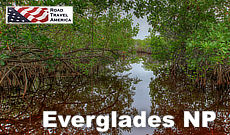 |
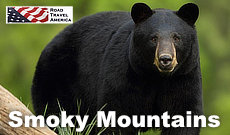 |
 |
 |
||
Do you love butterflies? We do! Visit another of our websites ... |
|||
 |

